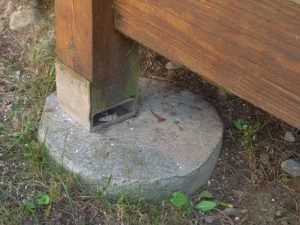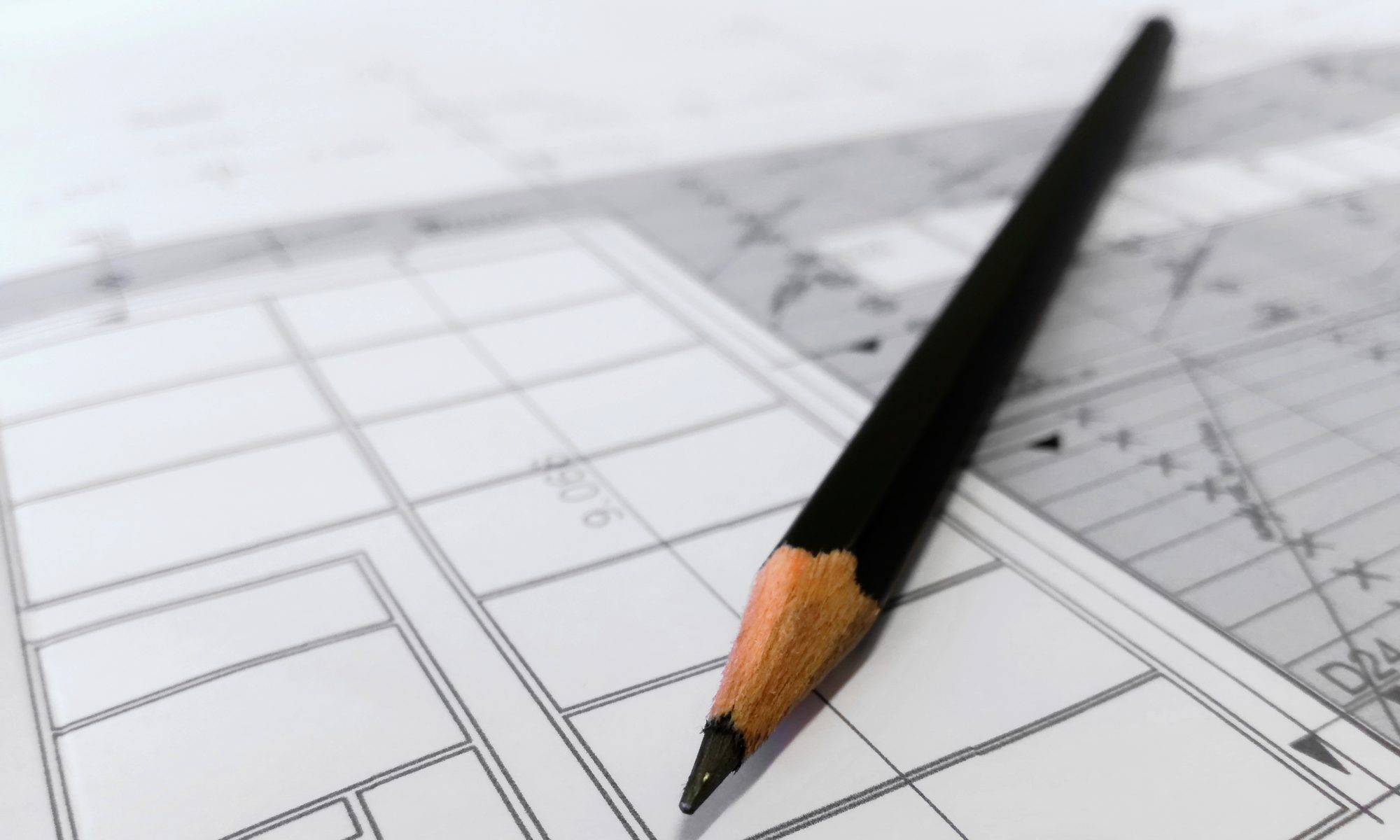 Environmental responsibility has been an increasingly sought-after attribute of new building construction and renovations. This has driven and had been driven by the development of Leadership in Energy and Environmental Design (LEED) certification by the U.S. Green Building Council. LEED is a rating system; points are awarded for design elements that reduce the environmental impact of the building. There is even a rating system for homes as a result of the demand for green building practices in new homes. Continue reading “How to Use Recycled Materials in Your Project”
Environmental responsibility has been an increasingly sought-after attribute of new building construction and renovations. This has driven and had been driven by the development of Leadership in Energy and Environmental Design (LEED) certification by the U.S. Green Building Council. LEED is a rating system; points are awarded for design elements that reduce the environmental impact of the building. There is even a rating system for homes as a result of the demand for green building practices in new homes. Continue reading “How to Use Recycled Materials in Your Project”
Why Your Pier Foundations May Not be “Code”
 Depending on where you live, pier foundations are a common foundation type for residential structures. A pier foundation is a foundation type usually constructed of concrete or masonry that is relatively short compared to its width; a pier’s height will typically be less than 12 times its width or diameter (NYCBC 2014, 1801). Like a footing, piers derive support through end bearing on soil or rock. However, footings are wider than the elements they support and usually shorter in height than the walls or columns they support. Thus a footing transfers load to the ground in bending, while a pier transfers load in direct compression alone. Continue reading “Why Your Pier Foundations May Not be “Code””
Depending on where you live, pier foundations are a common foundation type for residential structures. A pier foundation is a foundation type usually constructed of concrete or masonry that is relatively short compared to its width; a pier’s height will typically be less than 12 times its width or diameter (NYCBC 2014, 1801). Like a footing, piers derive support through end bearing on soil or rock. However, footings are wider than the elements they support and usually shorter in height than the walls or columns they support. Thus a footing transfers load to the ground in bending, while a pier transfers load in direct compression alone. Continue reading “Why Your Pier Foundations May Not be “Code””


